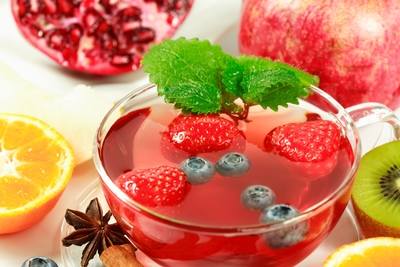
The suggestion that certain foods can help manage pain may surprise some people, but it is nothing new. Humans have been seeking relief from pain for centuries – long before there were pills to pop. These foods are still around today, and they can really help manage pain.
How Painkillers Work
When you take a prescription or over-the-cou nter painkiller, it relieves your pain. It does so by various mechanisms.
# Non-steroidal anti-inflammatory drugs (NSAIDs), such as ibuprofen, aspirin, and naproxen sodium work by blocking certain enzymes, particularly cyclooxygenase (COX), in the body. These enzymes are operative in the production of prostaglandins – hormones that increase pain, swelling, and inflammation.
# Narcotic painkillers like morphine work by blocking pain receptors in the brain, or blocking pain signals from reaching the brain. There are foods that are strongly anti-inflammatory, and since reducing inflammation is a key component of NSAIDs, it stands to reason that anti-inflammatory foods would reduce pain. Here is a list of foods considered effective at managing and reducing pain, and how they do so.
* Oranges – These sweet citrus fruits are considered anti-inflammatory and are recommended in anti-arthritis diets. Oranges contain beta-cryptoxanthin, a phytochemical that has been shown to decrease the development of inflammatory joint conditions. Some other foods that have beta-cryptoxanthin are apricots, plums, watermelons, peaches, and papaya.
* Red Grapes – Red grapes (and to a lesser extent, green grapes) have resveratrol in their skins. Resveratrol inhibits the COX enzyme, which is what NSAIDs do. Resveratrol is also found in mulberries.
* Seeds and Nuts – Sunflower seeds, sesame seeds, peanuts and hazelnuts contain tryptophan. This chemical helps reduce pain sensitivity.
* Beans and Whole Grains – Beans, whole grains, and lentils also contain tryptophan. A good pain-fighting dish would be beans over brown rice with some nuts on the side.
* Fatty Fish – Fish like salmon and mackerel contain large amounts of essential fatty acids (Omega-3s) which are anti-inflammatory.
* Cherries – Recent studies have shown the anti-inflammatory properties of cherries. Cherry juice works well, too.
* Blackberries, Strawberries, and Blueberries – These berries have antioxidants, which help prevent cell damage. This can inhibit or prevent painful conditions like arthritis. Other studies have also found these berries to be anti-inflammatory as well.
* Chickweed – You may not recognize this as a food, but it is an edible plant that you can probably find in your yard. Chickweed helps reduce swelling and helps ease internal pain. It can be eaten as a salad green or brewed into a tea.
* Ginger – Ginger is a tasty anti-inflammatory that reduces those pesky prostaglandins. It seems to work especially well for muscular pain.
* Celery Seeds – The anti-inflammatory chemical in celery and its seeds is apigenin. Celery seed is recommended for managing gout pain and preventing attacks of gout.
Take a look at some of these foods and enjoy creating pain-fighting meals and dishes.
From gagazine.com

